Andaman and Nicobar has an aura enveloping its realm and has the associated mystery and myths attached to its history because of the special and indigenous tribes that inhabit the nooks and corners of its islands. Even before Andaman became a coveted tourist destination with its impeccable pristine coastlines and charming resorts and cottages, Andaman and Nicobar islands used to be the sacred home to various tribes who had lived there since ancient times.
Suggested Read: Kayaking in Andaman and Best time to Visit Andaman
They have been living in these parts of the world peacefully since ages and engage in primitive ways of life such as hunting, foraging and fishing for their survival and livelihood. But when outsiders started treading their so-long well-guarded premises, they were almost eradicated by malaria and other epidemics against which they had no built immunity. The intrusion of the civilized world, the direct and indirect intervention caused these tribes to decline in numbers which they could never recover in the following years. The history of the origin of the Negrito tribes and their arrival in the islands from Africa dates back to 60,000 years ago.
The Andaman Islands are home to specifically four Negrito tribes that can be identified as the Great Andamanese, Onge, Jarawa and Sentinelese, as we know them today. The Nicobar Islands are home to two major Mongoloid tribes, namely the Shompen and Nicobarese. These indigenous tribes of Andaman and Nicobar Islands have their own distinct cultures, languages and traditions.
You can also check Andaman Tour Packages
Languages of the Tribes of Andaman and Nicobar
Great Andamanese
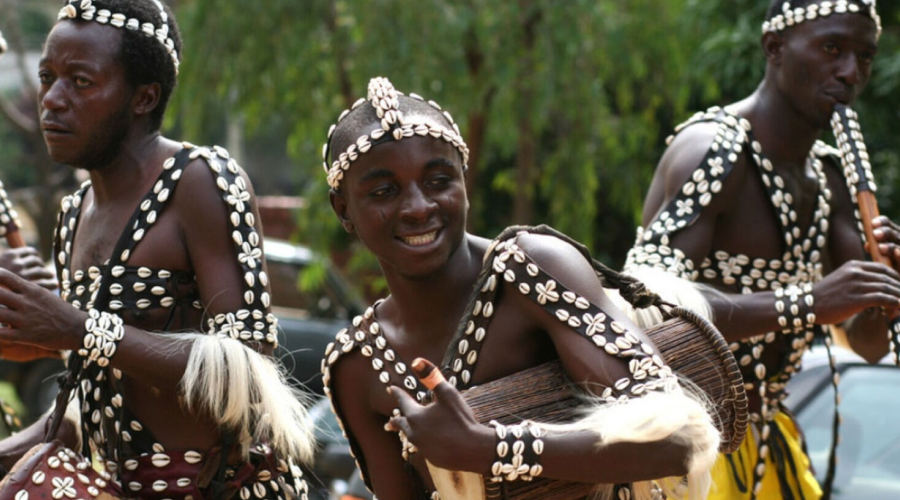
The Great Andamanese language, once spoken by the Great Andamanese tribe, is now facing danger of getting extinct with very few speakers left. Historically, this language was spoken by one of the largest groups of indigenous tribes in the Andaman Islands. However, due to various factors including diseases and changes in their lifestyle, their population has significantly decreased over the years. Awareness has been created and a lot of efforts are being made to preserve their culture and language, which are indeed endangered. The Andamanese were the most popular of the Andaman tribes at one point in history. These people faced the real crisis in the Battle of Aberdeen in 1859, when the British armed with guns, first arrived to colonize these lands that belonged to the Andamanese. The Great Andamanese unfortunately had meagre bows and arrows and makeshift spears as weapons which miserably failed to protect them. They were forced to surrender soon to escape total destruction. Since that time, organised exploitation by the British along with the diseases they brought with them resulted in the number of the Andamanese to decrease consistently. They have been recently located on Strait Island and they were provided the rights of being a Particularly Vulnerable Tribal Group. Their population is no longer spread across the numerous islands.
Onge
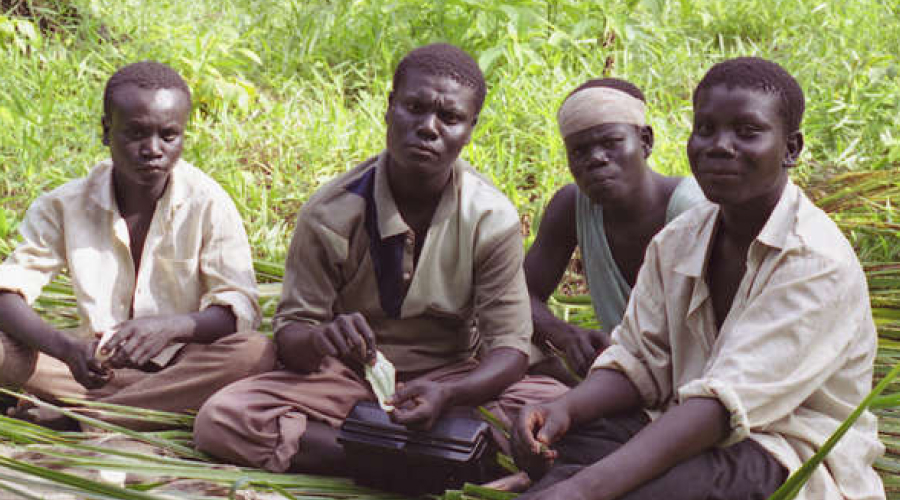
The Onge language is spoken by the Onge tribe. It is also another endangered tribe. Efforts are made to preserve and document the slow progress towards their rehabilitation and making the environment a bit more hospitable for their secluded existence. The Onge tribe is one of the indigenous communities living for centuries in the Andaman Islands. They traditionally lived on Little Andaman Island and have a distinct language and culture. They have faced the dangers of getting eradicated and losing their identity due to changes in their traditional lifestyle and influence and intrusion of the outside world. The Onge tribe inhabits the Little Andaman region and the people are known to be friendly to outsiders. They lead a semi-nomadic lifestyle and depend on hunting and foraging for survival. They have maintained contact with the outside world since the 1950s and have since accepted gifts like sugar, tobacco and clothes, among others. Lack of enough land to be used for hunting has compelled a part of the Onge tribe to settle down in a specific location and practise agriculture. There are sadly only about 100 Onge remaining, after the rest having fallen prey to dangerous epidemics like measles, etc.
Jarawa
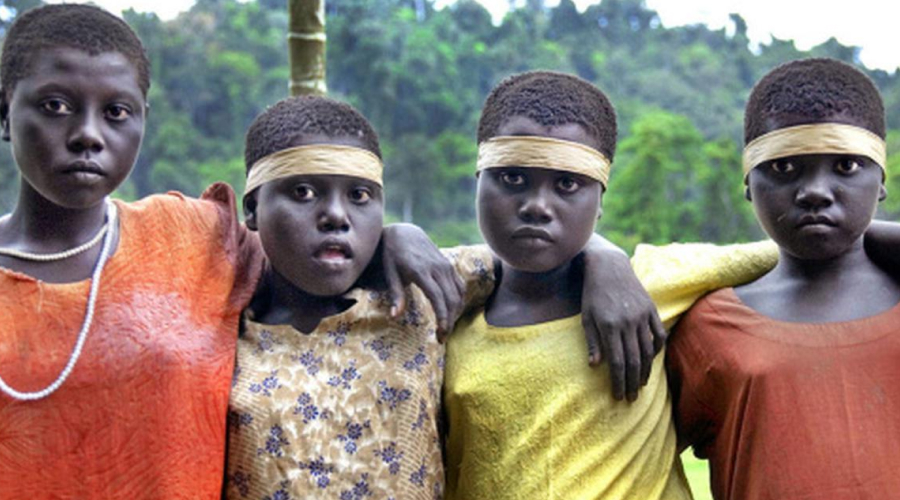
The Jarawa tribe has their own language, which is not well understood by outsiders due to limited interaction with the larger community. The Jarawa are one of the last remaining hunter-gatherer tribes in the Andaman Islands. They live in parts of the South and Middle Andaman Islands and have had limited interaction with the outside world. There have been efforts to protect their way of life and maintain their isolation. Among the four types of tribes listed here, the Jarawas have been the most receptive to outside attempts of contact. It has also been observed that they voluntarily seek medical assistance in cases of emergency. There are only about 200-400 Jarawas who survive on fishing, hunting and foraging. There are records of observations and studies obtained from the repeated contacts and interactions that had been made with the Jarawas since the 1970s. The Great Andaman Trunk Road which is otherwise known as NH 4, passes through lands that previously was a part of the Jarawa land. This project has now almost forced the Jarawas to regularly interact with the outsiders or the other inhabitants of the islands.
Sentinelese
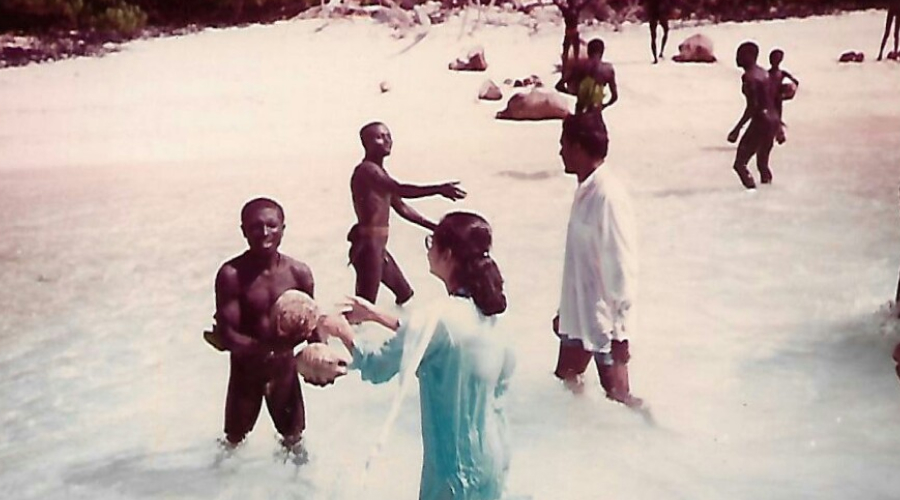
The Sentinelese have their own language, which is completely unique and largely unknown as the tribe maintains isolation from the outside world. The Sentinelese are one of the most isolated tribes in the world. They inhabit North Sentinel Island and have fiercely resisted contact with outsiders. Their language and culture remain largely unknown due to their isolation and limited interaction with the outside world. The exact number of Sentinelese people has also not been ascertained as long-term contact with the tribe has never been successful in spite of a number of fly-bys and other attempts. These people and their lives are still shrouded in deep mystery.
Nicobarese
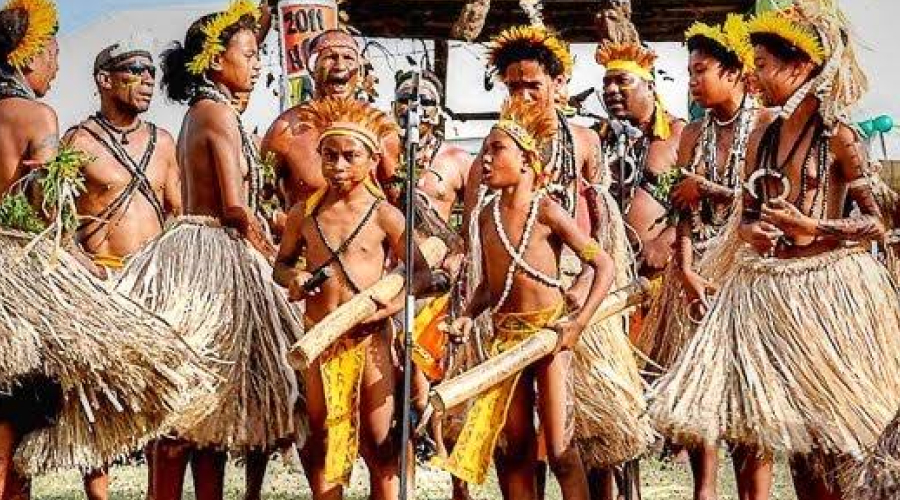
The Nicobarese tribe inhabits the Nicobar Islands and the term is applicable to all the dominant tribes who stay in Nicobar Islands and speak Nicobarese languages, which belong to the Austroasiatic language family. This tribe has a matriarchal chief and most of them practise Christianity. Some are also known to practise animism and other traditional religions prevalent in the islands. They primarily depend on agriculture for their food and are also known to use fruits and nuts as a medium in place of currency exchange.
Cultural Diversity of the Tribes of Andaman and Nicobar
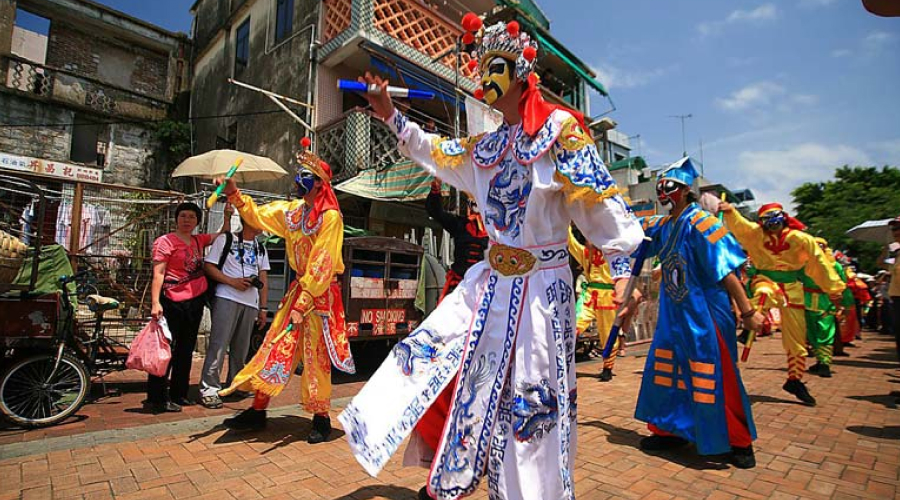
The culture of Andaman and Nicobar Islands is rich and diverse due to the presence of various indigenous tribes and settlers from mainland India. Each tribe has its own traditions, rituals, art forms, and practices that contribute to the cultural tapestry of the islands. The Nicobarese, for instance, have a unique culture with distinct dance forms, music, and festivals.
Languages of the tribes of Andaman and Nicobar Islands
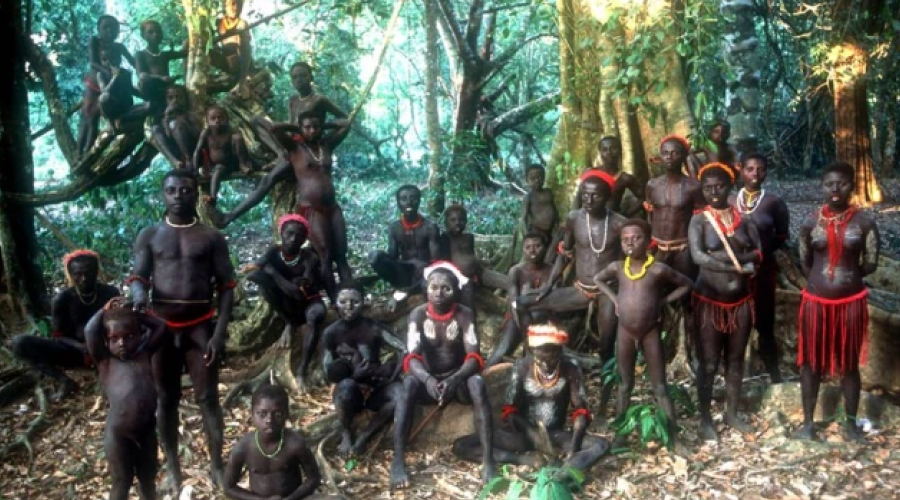
The Great Andamanese language was historically spoken by the Great Andamanese tribe, which comprised several distinct but related languages. Sadly, due to various factors including a decline in the population and cultural changes, these languages are now endangered, with very few speakers remaining.
The Onge tribe speaks the Onge language, which belongs to the Ongan language family. This language is unique to the Onge community. Efforts have been made to document and preserve the Onge language but unfortunately this language is also endangered.
The Jarawa have their own language, which is not well understood by outsiders due to limited interaction with the larger community. Their language is distinct to their community and plays a significant role in building their cultural identity.
The Sentinelese language remains singularly unknown to the outside world. Due to the extreme isolation of the Sentinelese tribe and their resistance to contact with outsiders, very little is known about their language and communication systems.
In the Nicobar Islands, the Nicobarese tribes speak languages that belong to the Austroasiatic language family. These languages have several dialects and variations among different Nicobarese communities.
Many inhabitants of Andaman and Nicobar Islands also speak Hindi, Bengali, Tamil, and Telugu, owing to migration and settlement of people from mainland India.
Efforts to preserve these indigenous languages are crucial for sustaining the cultural heritage and identity of these tribes. Most of these languages are on the verge of extinction due to factors like decreasing populations, drastic changes in traditional lifestyles and limited transmission of language to younger generations. Various organizations and linguistic experts are working to document, preserve and revitalize these languages to ensure their longevity and preservation for future generations.
The government of India has implemented various policies to protect and preserve the indigenous tribes of the Andaman and Nicobar Islands, recognizing the need to respect their cultural heritage and maintain their way of life. Entry and contact with certain indigenous tribes, like the Sentinelese, are strictly prohibited to protect their isolation and way of life.
Overall, the Andaman and Nicobar Islands boast a mosaic of cultures, languages, and traditions that make them a fascinating place to explore and experience diverse ways of life.

